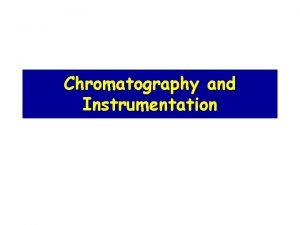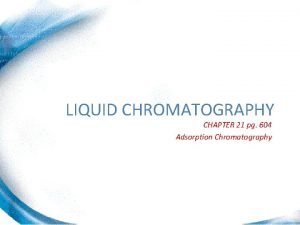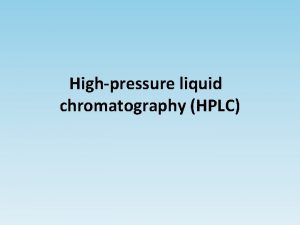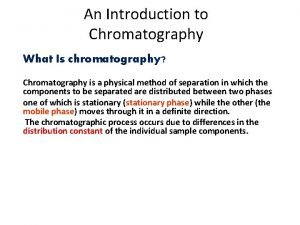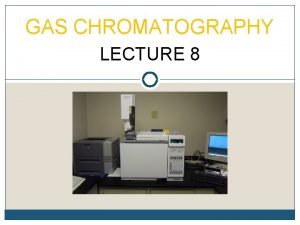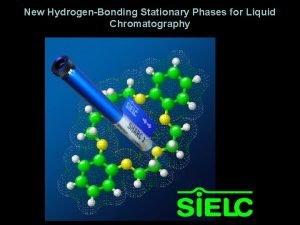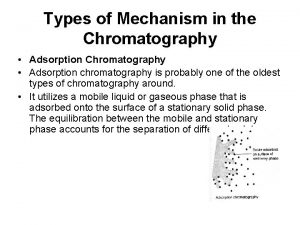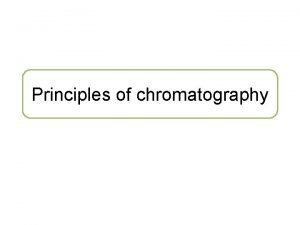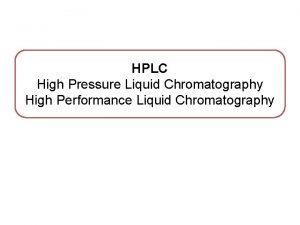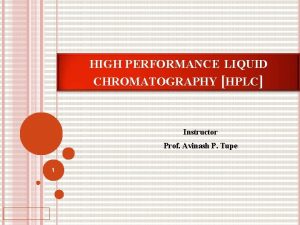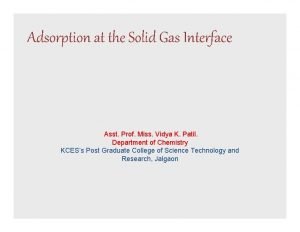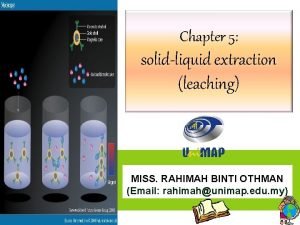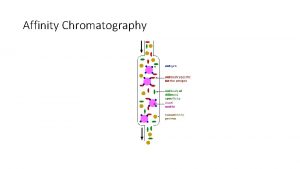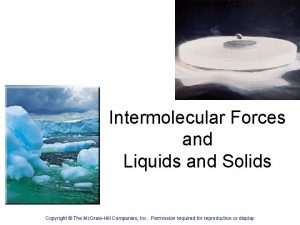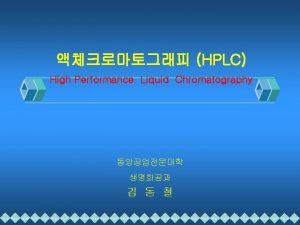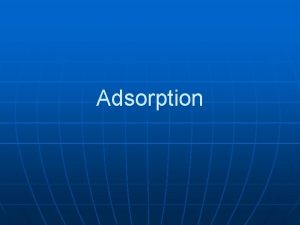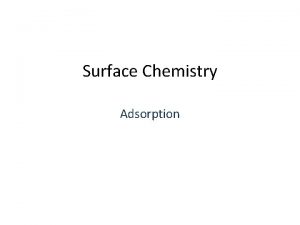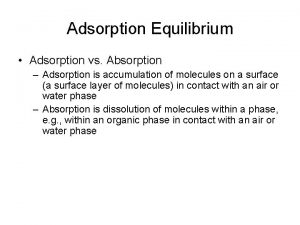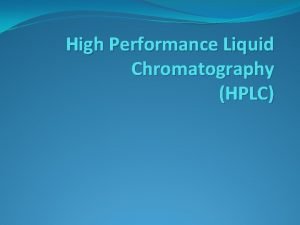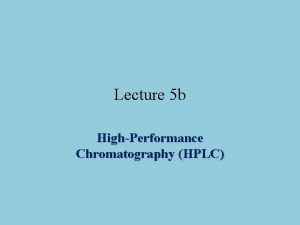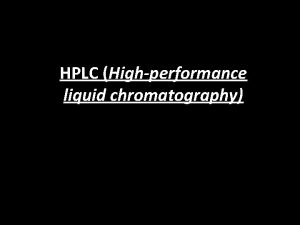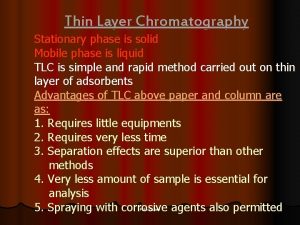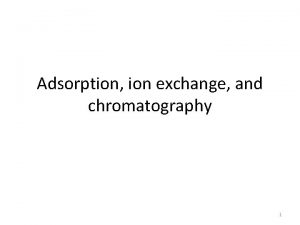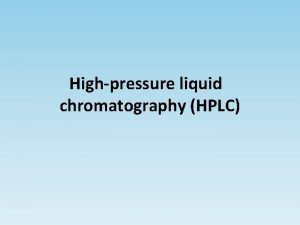HPLC CHROMATOGRAPHY Stationary phase may be solid adsorption

HPLC

CHROMATOGRAPHY Stationary phase may be solid (adsorption) or liquid (partition) Mobile phase may be gas (GC) or liquid( LC)

H igh Performance L iquid C hromatography

HPLC principle • it is a technique by which a mixture sample is separated into components for identification, quantification and purification of mixtures

Instrumentation

• The heart of a HPLC system is the column. • The column contains the particles that contains the stationary phase. • The mobile phase is pumped through the column by a pump • Solvents must be degassed to eliminate formation of bubbles.

1. Pump: The role of the pumpis to force a liquid (mobile phase) through the liquid chromatograph at a specific flow rate a pump can deliver a constant mobile phase composition (isocratic) which the m. ph composition remains unchanged during the analysis. or (gradient) which the m. ph changed during the analysis. .

2. Injector: • The injector serves to introduce the liquid sample into the flow stream of the mobile phase. May be auto-sampler or manual

There a wide variety of stationary phases available for HPLC : • Normal Phase. - Polar stationary phase and non-polar solvent. E. g. silica gel • Reverse Phase. - Non-polar stationary phase and a polar solvent. E. g. silica gel -C 18

• ion exchange: stationary phase contains ionic groups and the mobile phase is an aqueous buffer • Size Exclusion there is no interaction between the sample compounds and the column. Large molecules elute first. Smaller molecules elute later

Chromatogram

parameters of HPLC : • 1 - Qualitative analysis the most common parameter for compound is retention time (the time it takes for that specific compound to elute from the column after injection)


• Capacity Factor (k’): • Is a measure for the position of a sample peak in the chromatogram. k’ = (t. R 1 -to)/to

• Selectivity Factor (a): • Also called separation or selectivity coefficient is defined as a = k 2’/k 1’ = (t. R 2 -to) / (t. R 1 -to)

• 2 - Quantitative Analysis The measurement of the amount of compound in a sample (concentration) 1. determination of the peak height 2. determination of the peak area


Resolution (RS) of a column provides a quantitative measure of its ability to separate two analytes Rs = 2(TR 2 - TR 1 ) / W 2+W 1

• Theoretical Plates (N): The number of theoretical plates characterizes the efficiency of a column. N = 16 (t. R/W)2
- Slides: 19
